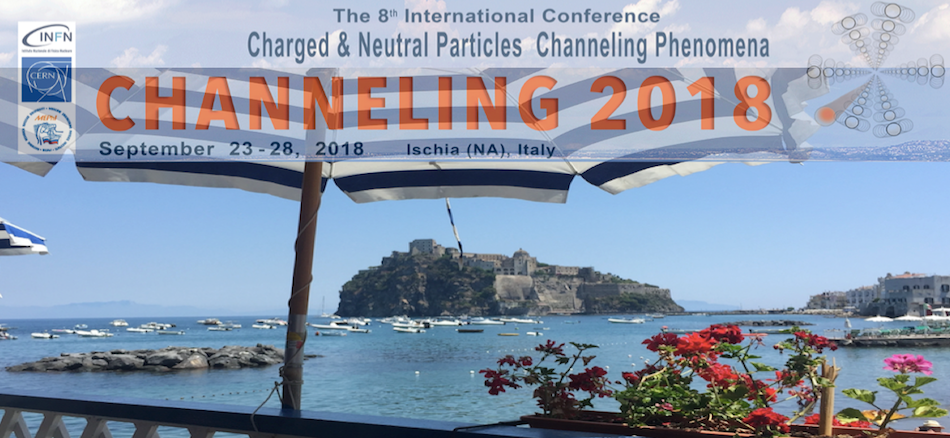Speaker
Dr
Nikolai Maksyuta
(Taras Shevchenko National University of Kiev, Ukraine)
Description
This paper is a continuation of [1, 2]. In [1] at investigation of the channeling of relativistic electrons in ionic crystals it was shown that its electromagnetic field induces non-stationary dipole moments in a crystalline medium. This effect is the result of the inverse action of the field of channeled particle to crystal environment. From the other hand the arising non-stationary dipoles in a self-consistent manner generate non-stationary scalar and vector potentials, leading, first, to a certain contribution to the initial interaction potential of the channeled particle with the crystal, and, secondly, to the appearance of the so-called “wake potential” that influence only on the velocity of the electrons. Similar calculations were performed in [2] for non-relativistic protons. It was shown that the calculations of the wake potentials for all investigated ionic crystals are in good agreement with the calculations performed in accordance with the theory of the wake effect in nonmetallic foils proposed in [3]. In addition, under certain conditions the expressions obtained for the wake potentials reduce to the classical formula contained in [4]. This fact is a one of the stimulus for further studies of wake potentials in ionic crystals.
Calculation of the wake potential should be carried out in the following sequence:
1) first, the usual problems of planar and axial channeling are solved, i.e. there are levels of transverse energy and corresponding wave functions, the probabilities of population of these levels are calculated (see, for example, [5]);
2) after that are calculated the electric and magnetic field strengths of a charged particle moving at a certain velocity and channeled in a certain quantum state [6];
3) then the induced dipole moments of the crystalline medium are calculated as a result of solving the equation of the oscillator type (using the forward and inverse Fourier transform);
4) finally, on the basis of the use of the principles of superposition and causality, wake potentials influencing the longitudinal motion of particles (together with corrections to the initial interaction potentials) are calculated.
References
1. N.V. Maksyuta, V.I. Vysotskii, Ye.V. Martysh // Problems of atomic science and technology, 2015, No. 1, P. 33 – 36 (In Ukraine).
2. N.V. Maksyuta, V.I. Vysotskii, Ye.V. Martysh // Problems of atomic science and technology, 2017, No. 1, P. 28 – 31 (In Ukraine).
3 Y.-H. Ohtsuki, Charged Beam Interaction with Solids, 1983, Taylor & Francis Ltd, Lonlon and New York.
4. J. Neufeld, R.H. Ritchie // Phys. Rev., 1955, V. 98, No. 6, P. 1632.
5. V.A. Bazylev, N.K. Zhevago, Radiation of Fast Particles in a Matter and External Fields, Nauka, Moscow, 1987 (in Russian).
6 L.D. Landau, E.M. Lifshitz, The Classical Theory of Fields, 1971, Pergamon Press, Oxford New York Toronto Sydney Braunschweig.
Author
Dr
Nikolai Maksyuta
(Taras Shevchenko National University of Kiev, Ukraine)
Co-authors
Prof.
Eugene Martysh
(Taras Shevchenko National University of Kiev)
Prof.
Sultan Dabagov
(LNF)
Dr
Svetlana Efimenko
(Taras Shevchenko National University of Kiev, Ukraine)
Prof.
Vladimir Vysotskii
(Kiev National Shevchenko Univ, Kiev, Ukraine)

